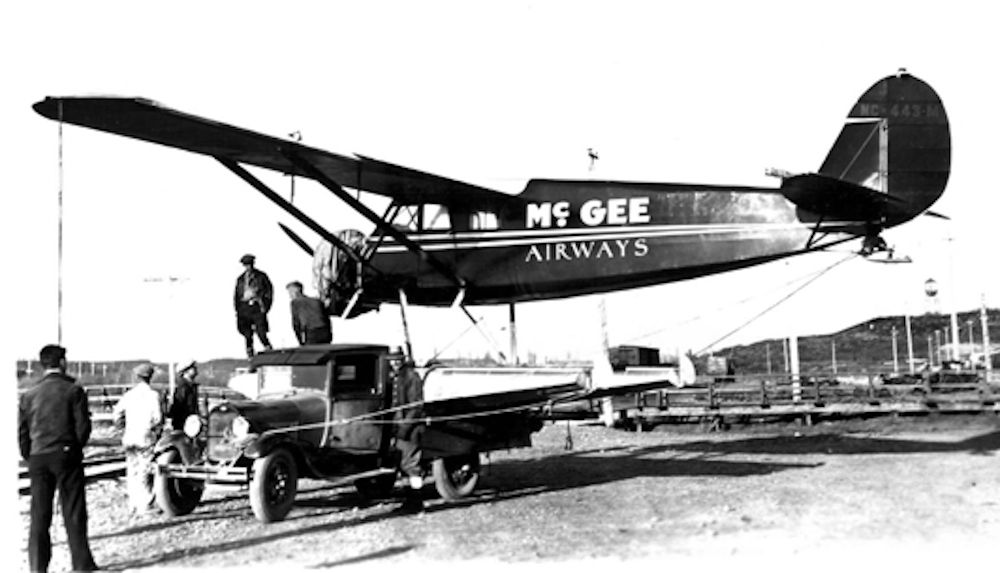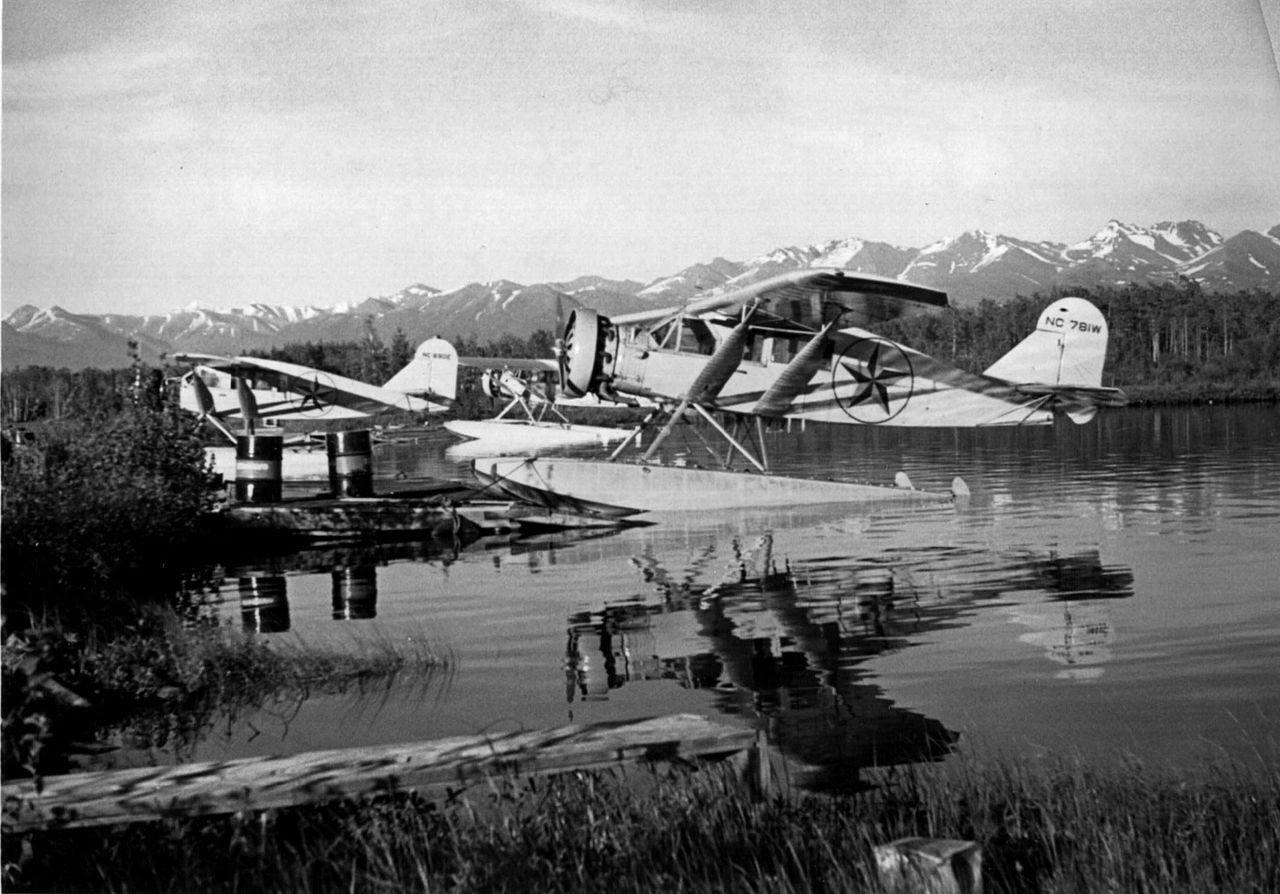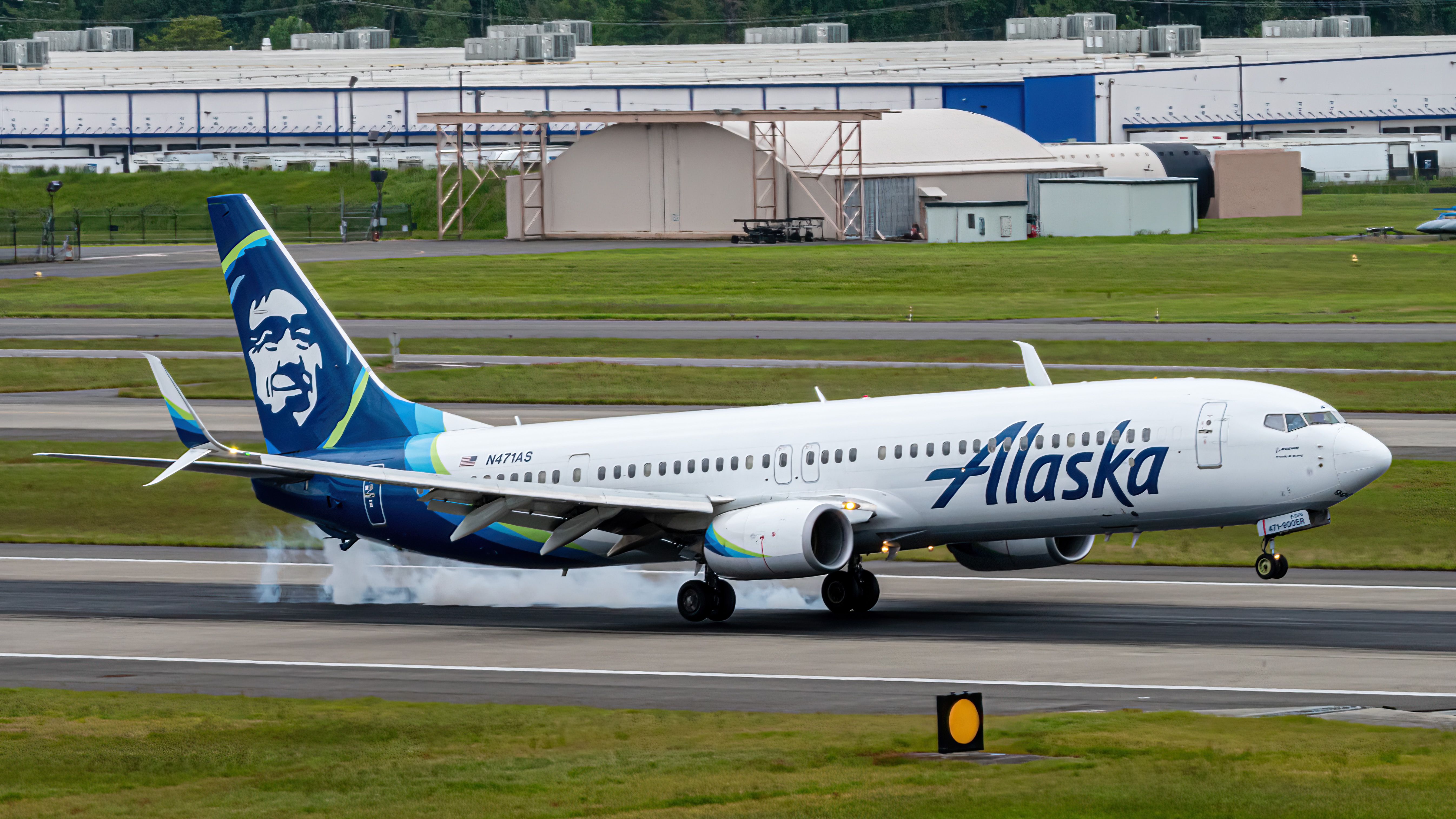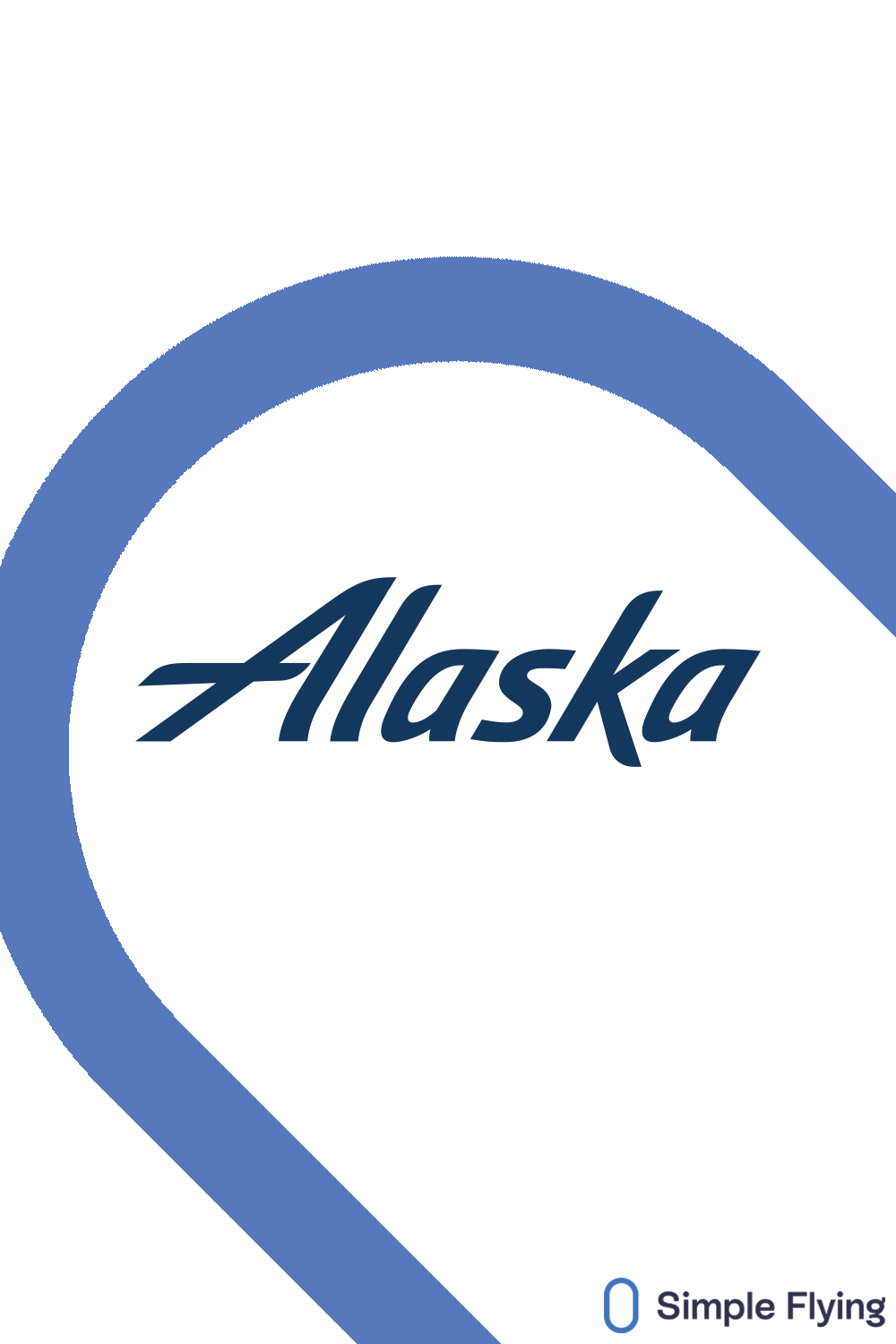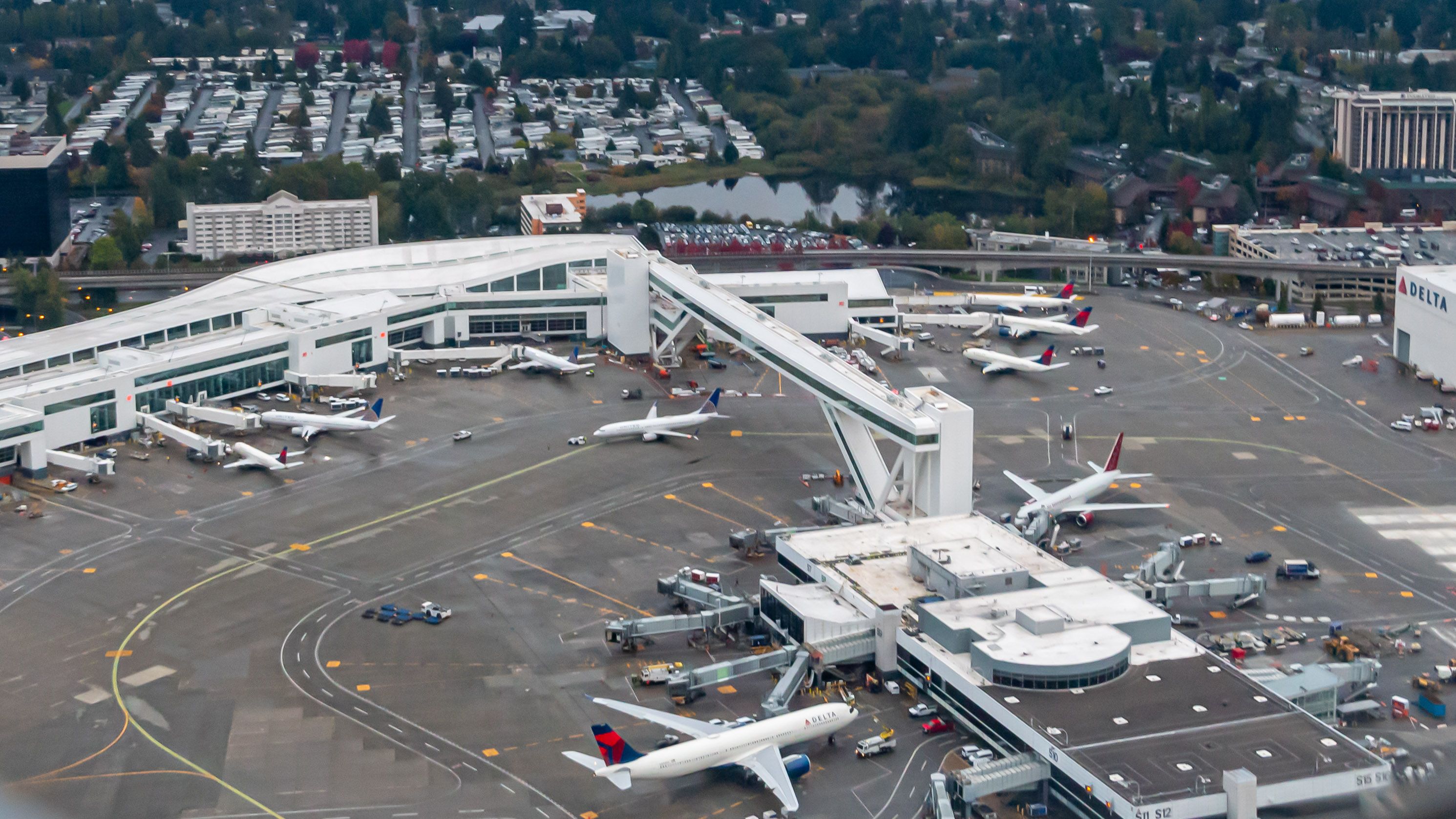From 1929 to 1941, the United States experienced its historically most significant economic downturn, otherwise known as the Great Depression. Originally from Indiana, Linious “Mac” McGee had moved to the western US, but in 1929 found himself as a stowaway on a steamship heading to the US’ final frontier, Alaska, in search of better opportunities. He made several attempts at finding stable work, such as with the mining industry, before sticking with fur trading, but as McGee’s business grew, he found the need for a small aircraft.
From private business to passenger air service
In the first couple of years living in Alaska, Mac became friends with a bush pilot named Harvey Barnhill, and in 1931 they purchased a three-seat Stinson for $5,000 from Varney Airlines, United Airlines’ parent company. The following year, with their new plane, McGee and Barnhill advertised the fur trading business as an airline, offering passenger service between Anchorage and Bristol Bay. The pair bought a second aircraft soon after, though their partnership ended in late 1932.
Now running the company as McGee Airways by himself, Mac needed to find another pilot to keep his planes flying when possible, so he hired Oscar Winchell, another Alaskan bush pilot. Despite having a reasonable business model, two other airlines formed in the Alaska area around the same time, Star Air Services and Woodley Airways. As a result, the competition was fierce; the state did not have enough demand to warrant three carriers. McGee was in a financial crisis for many months and could barely pay his pilots.
For multiple reasons, the primary being new mining opportunities, McGee agreed to sell his airline and seven Stinson aircraft to Star Air Service for $50,000. However, they mutually decided that if McGee didn’t receive full payment in time, he would return to manage the airline—which is precisely what happened.
By 1936 Star Air Services’ gross annual income was up to $190,000; passengers traveling with the carrier were charged $0.20 per mile, and up to 35% of all cargo in the state was now being transported by aircraft. Over the years, however, the harsh Alaskan conditions tragically claimed many aircraft and their pilots. This led Mac to manage more and more of the airline until mining interests were again very favorable, and he left the company to Kenny Neese.
McGee’s final exit from the industry and the inception of Alaska Airlines
Soon after, though, Neese left the business, and again, McGee found himself back managing Star Air Services. He expanded the business significantly by purchasing Alaska Interior Airlines, founded by Winchell, McGee Airways’ first pilot from 1932, which was in economic trouble. For the third and last time, in late 1937, because he was upset with government regulations growing over Alaskan skies, McGee sold the airline to one of his former pilots, Don Goodman. Mac went on to dabble in the wine and spirits industry and again the mining industry but retired at 73, eventually living into his 90s in Reno, Nevada.
As for Star Air Services, Goodman and his business partners changed its name to Star Air Lines and kept operations going until 1942, when it was again sold to new management. The new owners wanted to change the name again, this time to Alaska Star Airlines. But in 1944, for the last time, the company would be renamed, this time to Alaska Airlines, the major US carrier based out of Seattle-Tacoma International Airport.
Love aviation history? Discover more of our stories here
Sources: Alaska Airlines

